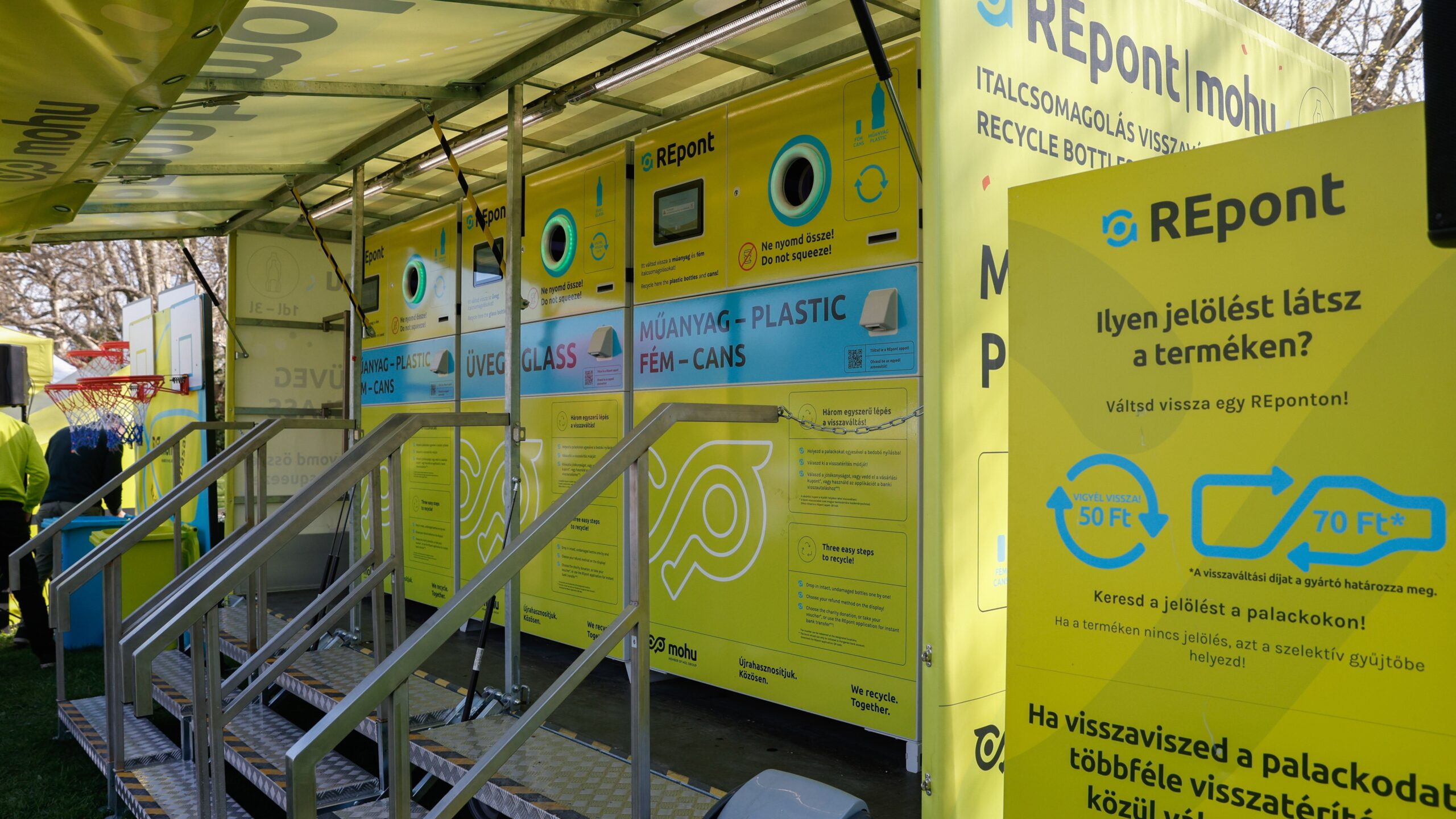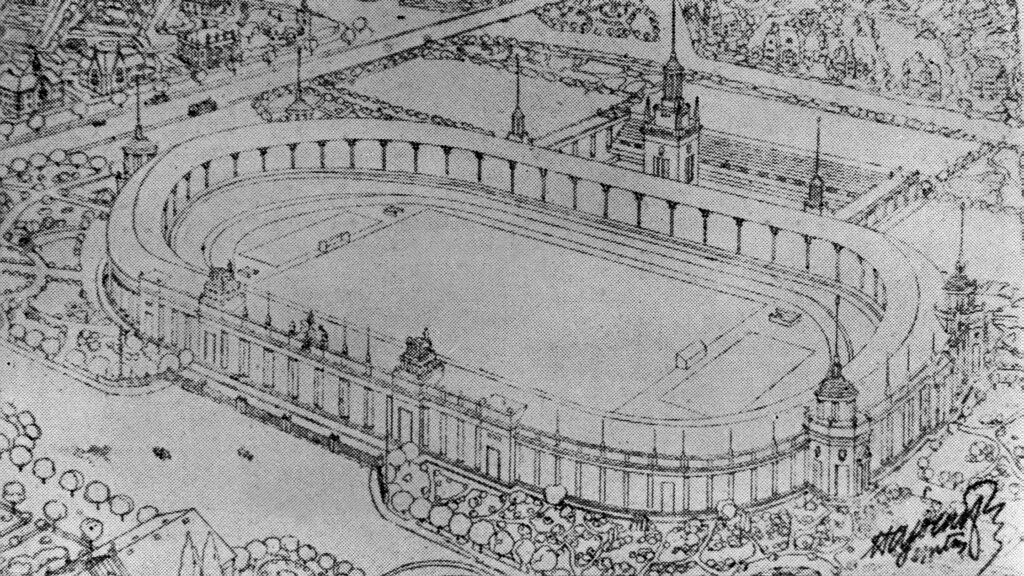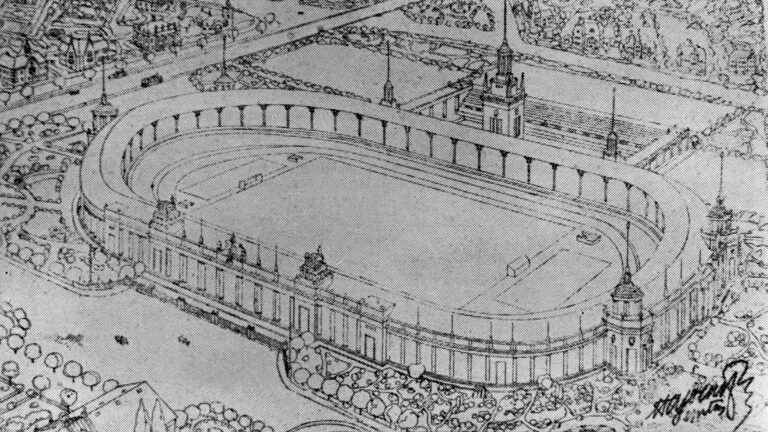One year after launching Hungary’s national bottle return system, results are more promising than expected. Former president János Áder sat down with CEO of MOHU MOL Waste Management Zsolt Pethő to review the programme’s first-year performance and broader efforts to improve recycling nationwide in the latest episode of the Blue Planet podcast.
Áder, now head of the Blue Planet Climate Protection Foundation, recalled that the system for returning glass, PET bottles, and aluminium cans began a year ago in response to EU directives requiring member states to recycle a growing share of waste—up to 65 per cent of municipal waste within a decade.
Pethő reported overwhelming public engagement, with 6–7 million containers returned daily, surging to over 10 million after holidays. So far, four out of five bottles are returned, and the PET bottle return rate exceeds 90 per cent. Nearly 3,000 return machines now operate across the country, with 95 per cent functionality, complemented by 1,700 manual return points. He emphasized that Hungary can reach the EU’s recycling targets, just as Germany and Nordic countries have, but noted it will require further infrastructure and public awareness.
A palackvisszaváltás első éve – vannak még gyermekbetegségek
A PET palackok majdnem 90 százalékát visszaváltják az emberek az idei év első hónapjaiban átlagosan. A MOHU vezérigazgatója ezzel együtt azt mondja, száz REPONT automatából legfeljebb csak öt szokott üzemen kívül lenni valamilyen ok miatt. Pethő Zsolt szerint a sütőolaj leadás támogatásában is van még hova fejlődni, hiszen egy főre vetítve, Ausztriában tízszer többet gyűjtenek össze.
The discussion also covered the growing issue of used cooking oil disposal. Áder mentioned a pilot programme in Kaposvár that collects used oil door-to-door. Pethő stressed that much of it still ends up in drains, causing serious environmental harm. He urged households to collect oil separately and drop it off at nearby collection points—often available at Mol service stations. Regarding reusable bottles, Pethő confirmed MOHU’s readiness to manage their return if manufacturers or future regulations require it.
Looking ahead, MOHU plans to build 80 new waste yards across Hungary. One is already complete, with six more expected to open this year, each capable of handling 30–40 different waste types. Over the next decade, investments to reduce landfill waste could reach 250 billion forints, including a new incinerator for non-recyclables in Százhalombatta. Food waste collection is being tested in 13 municipalities. Depending on the results, the programme may expand.
MOHU also collaborates with Áder’s foundation on electronic and battery waste collection campaigns. These efforts have gathered 83 tons of waste and resulted in 16 educational videos—each viewed over 700,000 times, even the least popular ones.
In the coming year, MOHU aims to increase the return rate in the bottle deposit system to 90 per cent, complete ten new waste yards, launch the Százhalombatta incinerator project, and add half a million selective waste bins nationwide.
Pethő closed by highlighting the importance of engaging young people in sustainability. ‘Many are genuinely committed to the planet,’ he said, ‘so it’s worth reaching out through small and large initiatives alike.’
Related articles:







